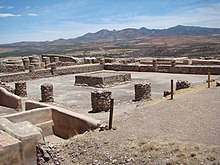
Cantona is a Mesoamerican archaeological site in Mexico. It is located between 2,450 and 2,600 meters above sea level in the state of Puebla, on the border with the state of Veracruz. The site lies about an hour's drive from the city of Puebla and about an hour and a half from Xalapa, Veracruz. Limited archaeological work has been done at the site. It is estimated that only one to ten per cent of the site can be seen.
AltaVista is search engine company, which is now owned by Yahoo!.

La Quemada is an archeological site. It is located in the Villanueva Municipality, in the state of Zacatecas, about 56 km south of the city of Zacatecas on Fed 54 Zacatecas–Guadalajara, in Mexico.

Los Guachimontones is the largest Late Formative to Classic period pre-Columbian archaeological site in the state of Jalisco. Situated in the hills above the town of Teuchitlán that provides the namesake for the culture that built the site, Los Guachimontones is part of the Agave Landscape and Ancient Industrial Facilities of Tequila UNESCO world heritage site and a major tourist attraction within the Tequila Valleys.

Chalchihuites is a municipality in the Mexican state of Zacatecas in northwest Mexico. The archaeological site of Altavista, at Chalchihuites, is located 137 miles to the northwest of the city of Zacatecas and 102 miles southeast of the city of Durango. Located to the west of Sombrerete in the northwestern corner of the Zacatecas state, it is believed that the site was a cultural oasis that was occupied more or less continuously from AD 100 to AD 1400.

Peralta is a prehispanic mesoamerican archaeological site located in Abasolo Municipality, Guanajuato, just outside the village of San Jose de Peralta in the Mexican state of Guanajuato. The site is reached via Fed 90 from Irapuato. Approximately 15.5 km south of the intersection with Fed 45, take the Irapuato-Huanimaro route southeast (left). Follow the route for about 12.5 km, then turnoff southwest (right) to San Jose de Peralta. Cross the bridge and turn right, and then follow the road out of the village northwest about 1 km. The site is on the left.

Plazuelas is a prehispanic archaeological site located just north of San Juan el Alto, some 2.7 kilometers (1.57 mi.) north of federal highway 90 (Pénjamo-Guadalajara), and about 11 kilometers (6.8 mi.) west of the city of Pénjamo in the state of Guanajuato, Mexico. The site is open to the public; it is dominated by a large, rectangular plaza with several pyramidal structures and platforms, along with a massive ball court. To the north of the structures is a field of boulders with thousands of glyphs carved into them.
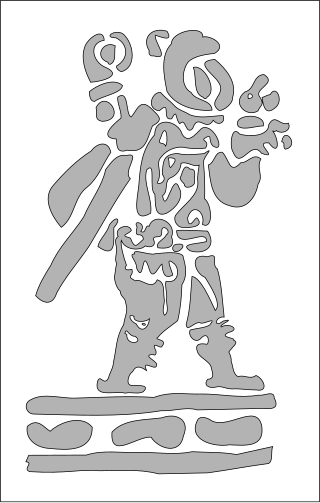
Dainzú is a Zapotec archaeological site located in the eastern side of the Valles Centrales de Oaxaca, about 20 km south-east of the city of Oaxaca, Oaxaca State, Mexico. It is an ancient village near to and contemporary with Monte Albán and Mitla, with an earlier development. Dainzú was first occupied 700-600 BC but the main phase of occupation dates from about 200 BC to 350 AD. The site was excavated in 1965 by Mexican archaeologist Ignacio Bernal.
El Cóporo is a prehispanic archaeological site at the northern frontiers of the Mesoamerican cultural area, located at an elevation of 150 meters on the western slopes of the Santa Bárbara range, near the San José del Torreón community, and lies some 15 kilometres (9 mi) due south of its municipal seat and largest township, on the northwestern corner of Guanajuato state, Mexico.
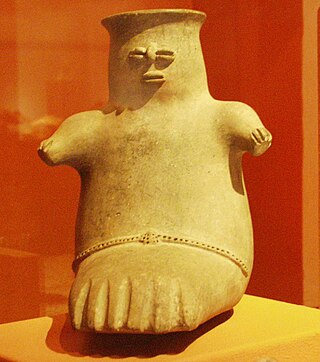
Chupícuaro is an important prehispanic archeological site from the late preclassical or formative period. The culture that takes its name from the site dates to 400 BC to 200 AD, or alternatively 500 BC to 300 AD., although some academics suggest an origin as early as 800 BC.

Cuahilama is a Hill and an archaeological site located south east of Santa Cruz Acalpixca, in the Cuahilama neighborhood, near the Xochimilco Archaeological Museum, in Mexico City. It was a ceremonial center, in the hill are prehispanic images engraved in basaltic rock.

El Chanal is an archaeological site located at El Chanal town, 4 kilometres (2.5 mi) north of the Colima City, Mexico. Based on its extension, over 50 hectares, it is probable that it was the largest settlement of the Colima state; it developed on both banks of the “Río Verde” or Río Colima. This archeological zone is maintained by the people of El Chanal. The area may have been inhabited by native groups around 1300 BC, achieving its maximum splendor between 1100 and 1400 CE. There is a Nahuatl connection shown by archaeological materials representing deities such as Tláloc and Ehécatl.
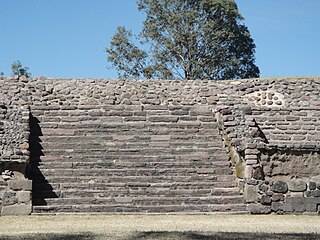
El Conde is an archeological site located at Ozumba Street, El Conde, three block north the Mayo 1 Ave., in the municipality of Naucalpan, Mexico State.

El Teúl is an important archaeological Mesoamerican site located on a hill with the same name in the Teúl Municipality in the south of the Zacatecas State, Mexico, near the Jalisco State.

La Ferrería is an archaeological site located 7 kilometers south of the City of Durango, in the state of Durango, México, at the “Cerro de La Ferrería”, on the side of the Tunal River.
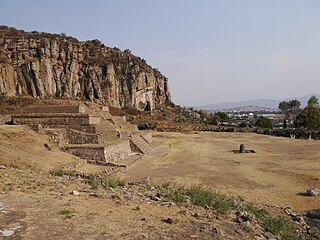
Huapalcalco is a pre-Columbian Mesoamerican archeological site located some 5 kilometers north of Tulancingo in the state of Hidalgo, Mexico.
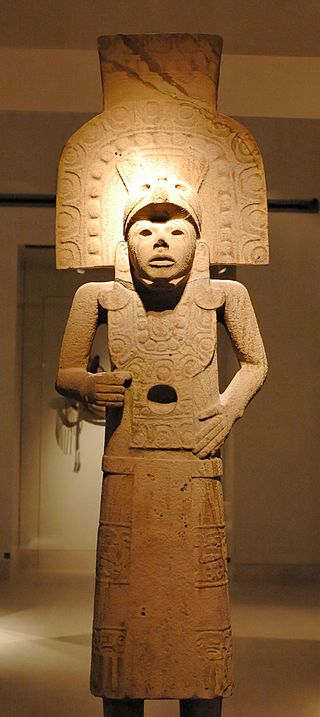
Las Flores is an archaeological site pertaining to the Huastec civilization in the city of Tampico, Tamaulipas, in Mexico.
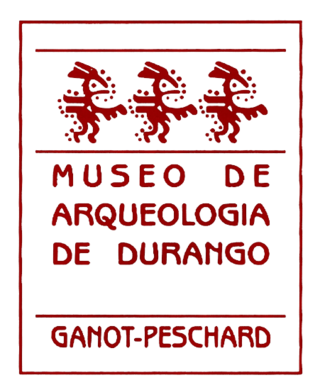
The Museo de Arqueología Ganot-Peschard is an archaeology museum located in Zona Centro, Durango, Mexico. The museum plays a major role in preserving the indigenous history of Northern Mexico. The Ganot-Peschard's collection offers archeological materials from the region's landscapes and dwellings including, funeral urns, skulls, vessels, arrowheads, winches, pectorals and other ornamental materials of pre-Hispanic peoples. Its objective is to preserve and spread the archaeological heritage of Durango and the region formed by the states of Zacatecas, Sinaloa, Nayarit and Jalisco.
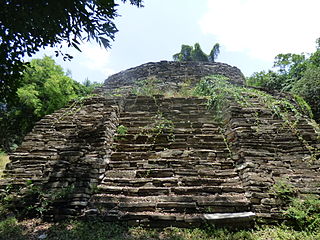
El Sabinito is a Pre-Columbian ruin associated with the Huastec civilization. Located in the Mexican state of Tamaulipas, El Sabinito is approximately 25 kilometers southwest and 96 kilometers east of the modern-day cities Soto la Marina and Ciudad Victoria. Alongside the Balcon de Montezuma, El Sabinito marks the northernmost boundary of Mesoamerican civilization.
